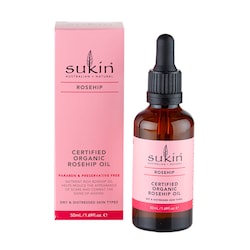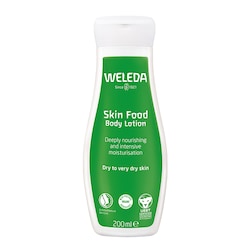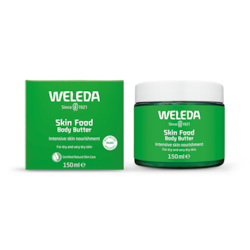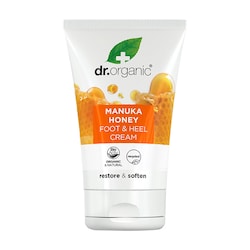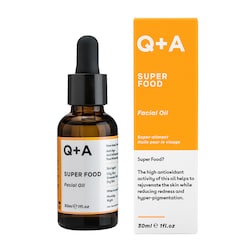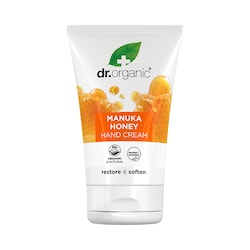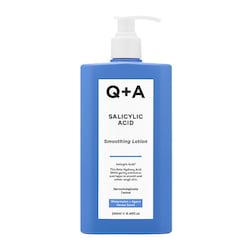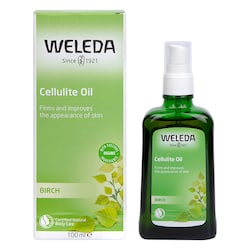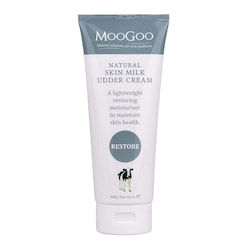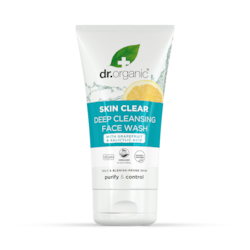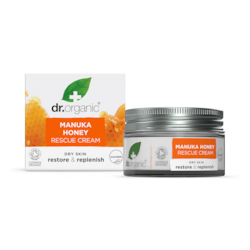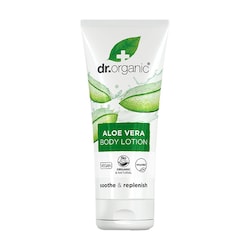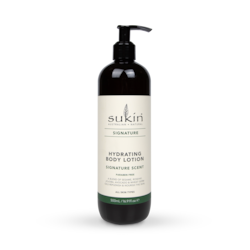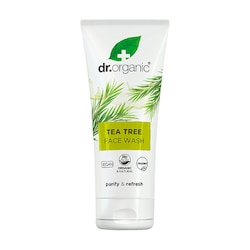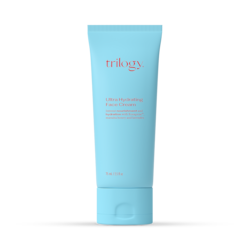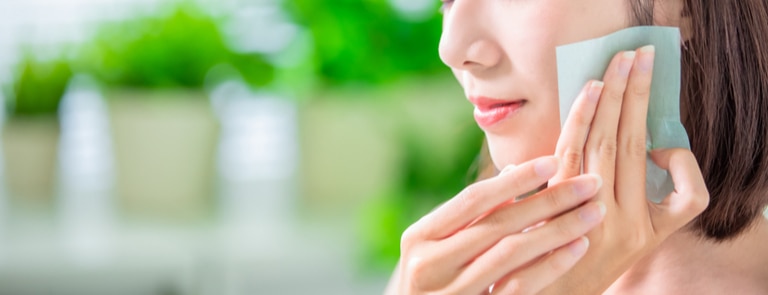15% off £30 OR 20% off £40
What is my skin type?
.png)
If you’re new to skincare, you might not be aware that your own skin should influence the products you use.
This means that you’re working alongside your skin, rather than against it. Not sure how to do that?
The first step is identifying your skin type, and that’s what we’re going to help you do today.
In this article, we’ll run through
- How many skin types there are
- How to know what skin type you have
- Oily skin
- Dry skin
- Sensitive skin
- Combination skin
- Normal skin
How many types of skin are there?
When you’re first researching the different skin types, you might be met with all kinds of different numbers and information. But let’s keep it simple.
There are five different types of skin that you might have, which are:
- Oily
- Dry
- Sensitive
- Combination
- Normal
How to know your skin type
Not sure how to find out your skin type? Fortunately, there are a number of different ways you can figure it out, and one of the easiest methods is to use a test.
The first test you can do is to simply cleanse your skin, gently pat it dry and then see what happens to it 30 minutes afterwards.
For example, if it looks shiny all over, then you probably have oily skin. If it feels tight and flaky, then you may have dry skin.
Another way you can test to find out your skin type is by using blotting sheets. Again, after cleansing your face, gently pat it dry and wait for half an hour.
Once this time has passed, use a blotting sheet to assess how oily your face is and where it’s oily to decipher which type of skin you have.
The different skin types & how to care for them
Think you’re one step closer to knowing your skin type?
To help you get there, we’ll go through the characteristics of the five different types and how to look after them, below.
-
Oily
You might be wondering what oily skin actually is - so let’s set the record straight.
Having oily skin is basically the result of your sebaceous glands producing too much sebum, aka the oily, waxy stuff your skin makes to keep it moisturised.
Too much of this stuff can cause the pores on your face to become clogged and potentially cause spots.1
Your skin might be oily due to genetics, hormones or even stress.
How to care for oily skin
- Wash your face at least twice a day, once in the morning and once in the evening. But also make sure to wash it after exercising too.
- Opt for skincare and makeup products that are described as ‘non-comedogenic’ or ‘oil free’ to avoid them clogging your pores.
- Use a mild, foaming face wash as this will help to dry your skin a little without stripping it of its oils completely.
- Avoid alcohol-based cleansers as they may cause sensitivity to the skin.
- Be sure to use a moisturiser every day, as oily skin doesn’t necessarily equal hydrated skin.
- Never go to sleep with your makeup on.
- Try using blotting paper throughout the day to remove excess oil – but be careful not to rub them across your face as this can spread the oil.
- Avoid touching your face during the day and wash your hands before using any skincare products.
-
Dry
On the other end of the spectrum is dry skin, but what does this mean and what actually causes it? Essentially, if our skin loses a lot of moisture, it becomes dry.
There are a number of different potential reasons for having dry skin. Firstly, it might be your natural skin type due to your genetics.
But it can also be caused by: the skincare and makeup products you’re using, long, hot showers, aging, certain medications and even by living in a cold environment.3
How to care for dry skin
- Stick to short showers and baths and use only warm water – not hot.
- Use a good quality moisturiser once you’ve dried off after washing.
- Try to avoid skin-irritating ingredients like alcohol and fragrances.
- Look into getting a humidifier if you spend a lot of time in one room.
- Wear soft, breathable fabrics like cotton, rather than rough ones like wool.
- Wash your hands frequently.
- Avoid sitting directly in front of a heat source, such as a fireplace or fan heater.
-
Sensitive
A little trickier to explain, sensitive skin is simply where skin has a reduced tolerance for most skincare and cosmetic products.6
Common signs that you have sensitive skin include:
- Stinging
- Itching
- Burning
- Redness
- Dryness
- Scaly skin
- Peeling
- Bumps
- Hives7
But what causes sensitive skin?
Again there are a number of potential culprits, a 2016 study published in the International Journal of Cosmetic Science highlighted some of the most common being damage to the skin barrier, neurobiological factors, inflammation.8
But that’s not all. They also concluded that factors like climate change, pollution and the increased complexity of cosmetic ingredients may also be involved.9
How to care for sensitive skin
- Keep the skin hydrated to maintain the skin protection barrier.
- Use products without fragrance and alcohol.
- Use sun protection as exposure to UV rays can trigger symptoms.
- Use powder products instead of lotions.
- Use makeup products that are easily removed by water.
-
Combination
So, what does combination skin mean? If your skin falls into both the oily and dry categories, you may have combination skin.
This is usually characterised by an oily T-zone (across your forehead, along your nose, chin and jawline), with the rest of your face being dry or normal.
Again, combination skin is usually due to your genetics. But ageing, hormonal changes and environmental situations may also have a role.
If you have an oily T-zone this is likely due to having more sebaceous glands in this area of your face.
How to care for combination skin
- Use a mild cleanser every day to minimise sebum removal.
- Use a medium-weight moisturiser after cleansing.
- Remember to apply sunscreen every day.
-
Normal
And last up we have the normal skin type, but what is this exactly?
If you have the normal skin type, it’s likely that you don’t often get blemishes, you don’t really experience any dryness or oiliness, you’re not sensitive to products, you have small pores and a bright complexion.
How to care for normal skin
- Cleanse and moisturise your face twice a day.
- Use a broad-spectrum sunscreen daily (one that protects against UVA and UVB radiation).
- If it feels a little dryer than usual, use gentle products and a mild moisturiser, if it feels a little oilier than usual, use a foaming face wash and blotting paper.
Can your skin type change?
While your skin type can’t change on its own, certain factors may cause it to change over time. These include your age, environment, hormones and medication.12
The final say
Know what your skin type is now? No matter what it is, it’s important to make sure you’re looking after it in the best way possible.
But if your skin is very sensitive, it may be worth speaking to your GP for specialised advice.
The advice in this article is for information only and should not replace medical care. Please check with your GP or healthcare professional before trying any supplements, treatments or remedies. Food supplements must not be used as a substitute for a varied and balanced diet and a healthy lifestyle.
Last updated: 8 March 2022
- https://www.aad.org/public/everyday-care/skin-care-basics/dry/oily-skin
- https://www.aad.org/public/everyday-care/skin-care-basics/dry/oily-skin
- https://www.aad.org/public/diseases/a-z/dry-skin-causes
- https://www.aad.org/public/everyday-care/skin-care-basics/dry/dry-skin-relief
- https://www.aad.org/public/everyday-care/skin-care-basics/dry/dermatologists-tips-relieve-dry-skin
- https://dermnetnz.org/topics/sensitive-skin
- https://dermnetnz.org/topics/sensitive-skin
- https://onlinelibrary.wiley.com/doi/full/10.1111/ics.12283
- https://onlinelibrary.wiley.com/doi/full/10.1111/ics.12283
- https://www.ncbi.nlm.nih.gov/pmc/articles/PMC5595600/
- https://www.skininc.com/treatment/facial/news/21890372/aad-discusses-the-benefits-of-customized-skin-care
- https://www.byrdie.com/can-my-skin-type-change-4775873




